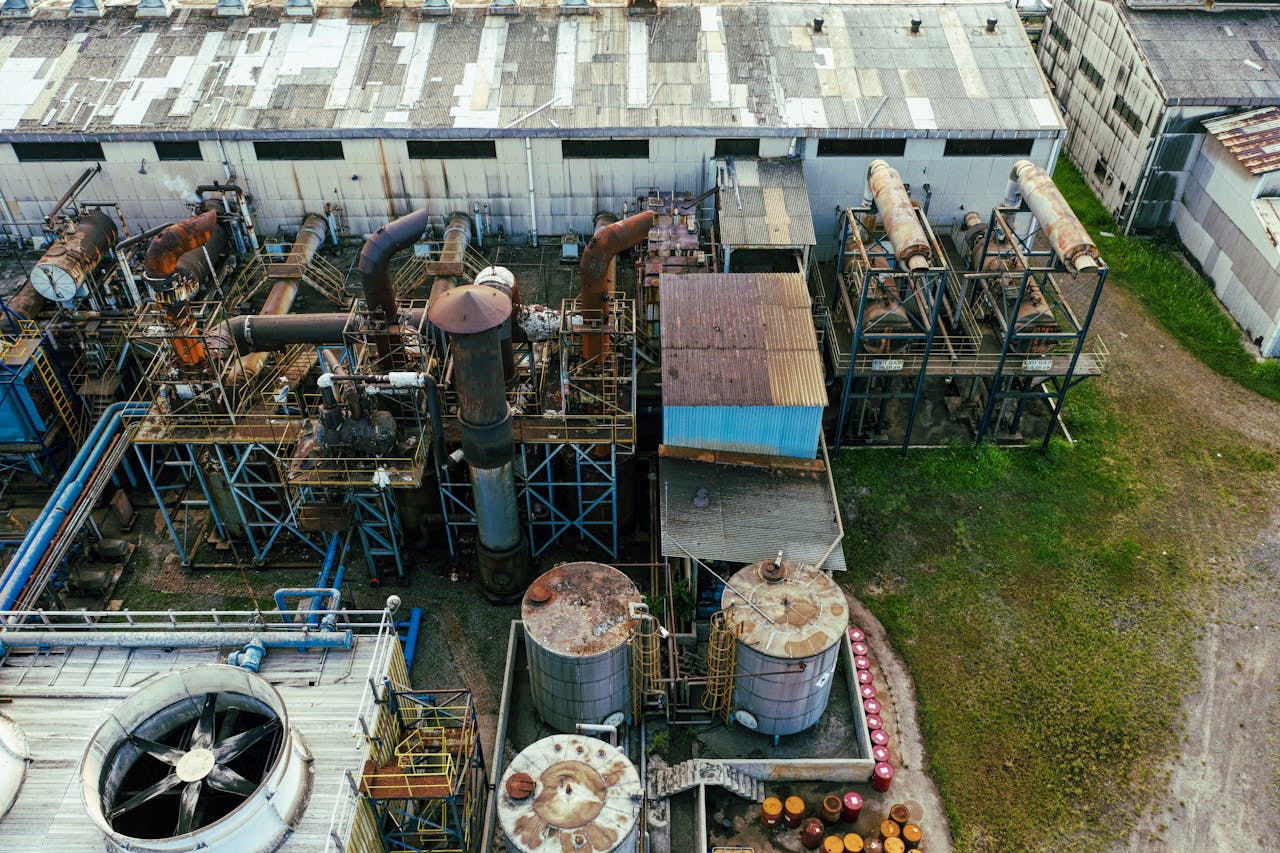Managing steam in industrial systems isn’t for the faint of heart. High-pressure, high-temperature steam is a beast, and it doesn’t play nice with rigid steel pipe systems. The stakes are high: we’re talking about serious pressure thrust, unpredictable expansion and contraction, and the kind of vibrations that can throw your entire system out of alignment. That’s exactly where steam expansion joints come into play—and Zepco, with over four decades of engineering excellence, has mastered the art of making them work for the world’s most demanding industries.
The Unseen Challenge: Managing Steam in Real Time
Think about what happens inside a steam system. As the steam heats up, your piping system expands. When it cools, it contracts. Now multiply that by 24/7 operations in power plants, food processing lines, or chemical facilities. Without the right steam expansion joints, you’re looking at pipe stress, anchor load failures, leaks, or worse—catastrophic system shutdowns. And nobody wants that, especially when downtime equals lost revenue and safety risks.
What Exactly Are Steam Expansion Joints?
Steam expansion joints are the unsung heroes of industrial reliability. These joints are designed to absorb large amounts of thermal expansion, mitigate pressure changes, and handle vibration from steam flow. They essentially act as flexible connectors within your steel pipe system, preventing rigid misalignment. The most common types? Metallic bellows, fabric joints, and elastomeric options—each engineered to manage different movements like axial, lateral, and angular deflection.
At their core, these expansion joints protect your entire infrastructure from the unpredictable nature of high-pressure steam systems. And when designed with precision, they make the difference between smooth operations and disaster recovery.
Where Zepco Comes In
This is Zepco’s wheelhouse. With over 40 years in the field, Zepco isn’t just manufacturing parts—they’re engineering custom solutions. Every steam expansion joint they produce is designed based on actual system data: pressure ratings, temperature ranges, movement requirements, and the type of media flowing through the pipes. It’s not off-the-shelf—it’s precision-crafted, tested, and built to thrive under pressure (literally).
Zepco’s commitment to quality shows in their choice of materials, too. From stainless steel bellows to high-performance composite fabrics and externally pressurized expansion joints, every component is optimized for durability, safety, and long-term efficiency.
Real-World Impact: Applications That Count
Zepco’s steam expansion joints are already out there, hard at work across industries that keep the world running. In power generation, they help reduce thermal stress and avoid costly maintenance shutdowns. In chemical processing, they support volatile environments where every inch of the piping system must be reliable. In food manufacturing, they accommodate fast heating and cooling cycles without compromising hygiene or pressure safety. And in pulp and paper, they absorb massive thermal changes that would otherwise warp or fracture rigid pipe sections.
Built-In Benefits You Can’t Ignore
The advantages of Zepco’s steam expansion joints go beyond just “functionality.” These joints are designed to:
- Resist extreme temperatures and pressure variations
- Protect equipment from pipe expansion damage
- Absorb vibrations and prevent misalignment
- Reduce the need for costly maintenance
- Improve energy efficiency by preventing leaks and preserving pressure integrity
- Enhance overall system safety and longevity
It’s the kind of ROI that speaks volumes to operations managers, plant engineers, and facility teams who don’t have time—or budget—for unnecessary repairs.
Fast Solutions, Real Support
Zepco doesn’t just stop at quality design. They offer rapid turnaround for urgent projects and emergency replacement services when things go sideways. Their field support team is hands-on, ready to inspect, consult, and help you optimize your current steam system with minimal disruption. That responsiveness can be a game-changer in industries where every minute counts.
Why Zepco?
The Zepco name carries weight because they deliver results. With unmatched expertise, a dedication to safety, and an obsession with performance engineering, they’ve become a trusted partner across industries. If you’re navigating the complexities of steam systems, Zepco brings the confidence you need to stay one step ahead of risk and two steps ahead of failure.
Ready to Strengthen Your Steam System?
Whether you’re designing a new system or retrofitting an old one, Zepco is ready to help. Request a consultation, get a custom solution tailored to your needs, and let Zepco’s steam expansion joints do the heavy lifting when it comes to thermal expansion, pressure variability, and long-term operational safety.
Let’s make your system stronger, safer, and built to last.
Contact Zepco today—because your steam system deserves the best.




